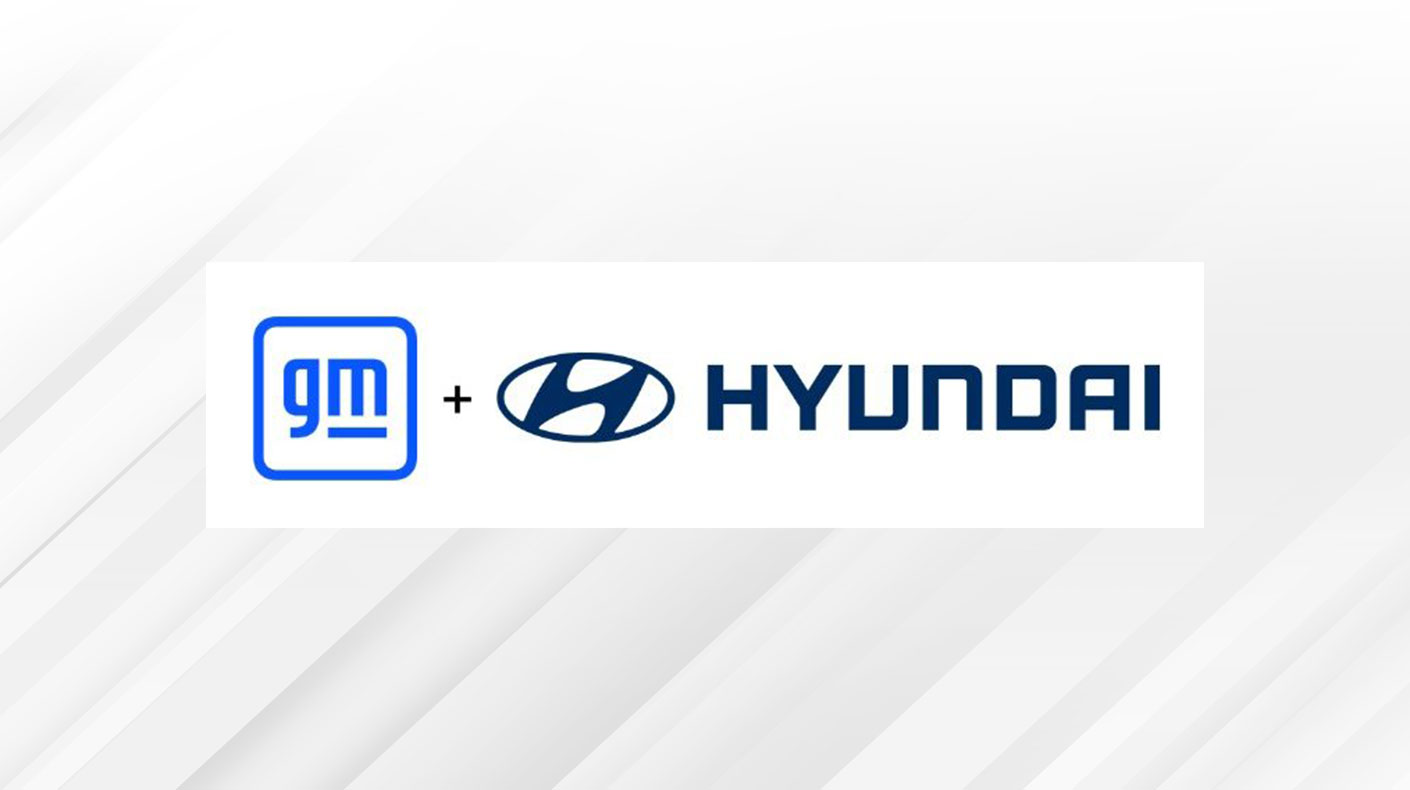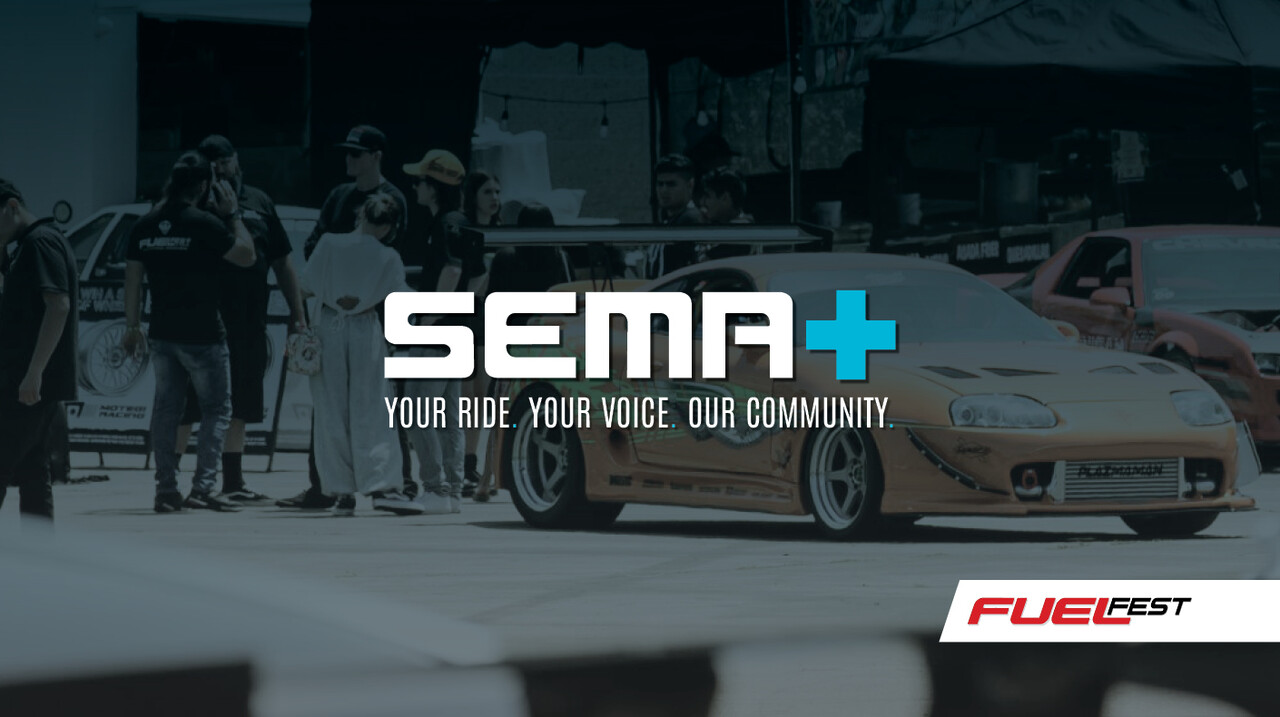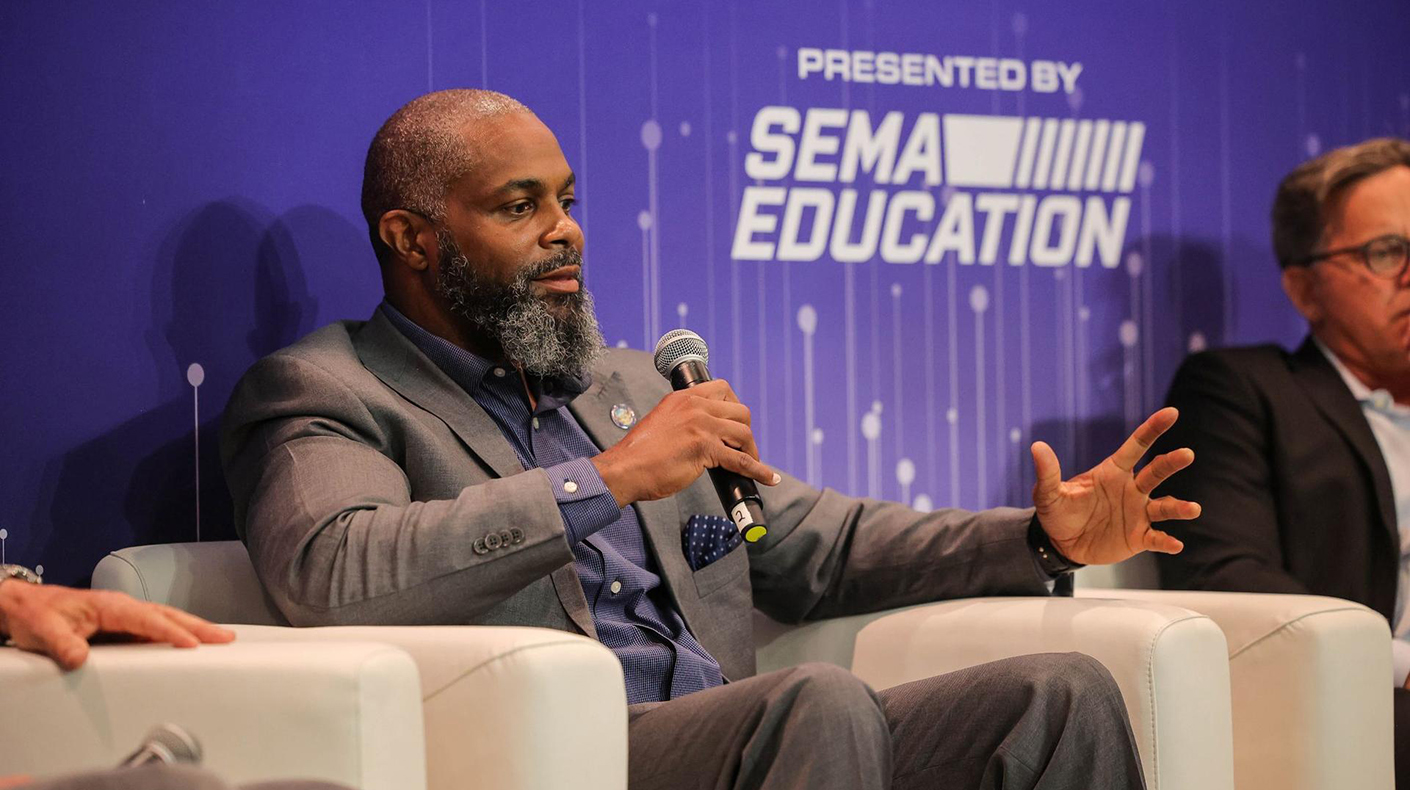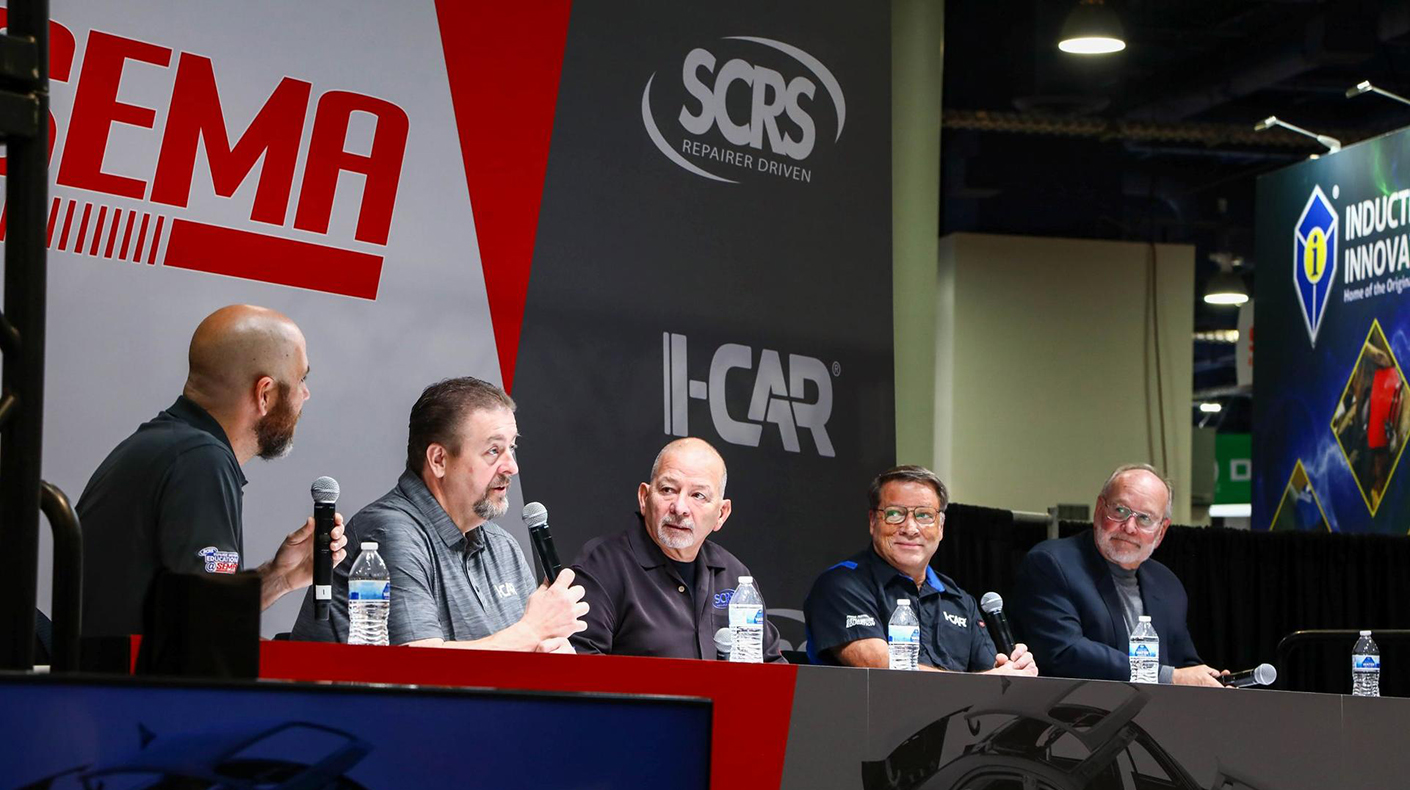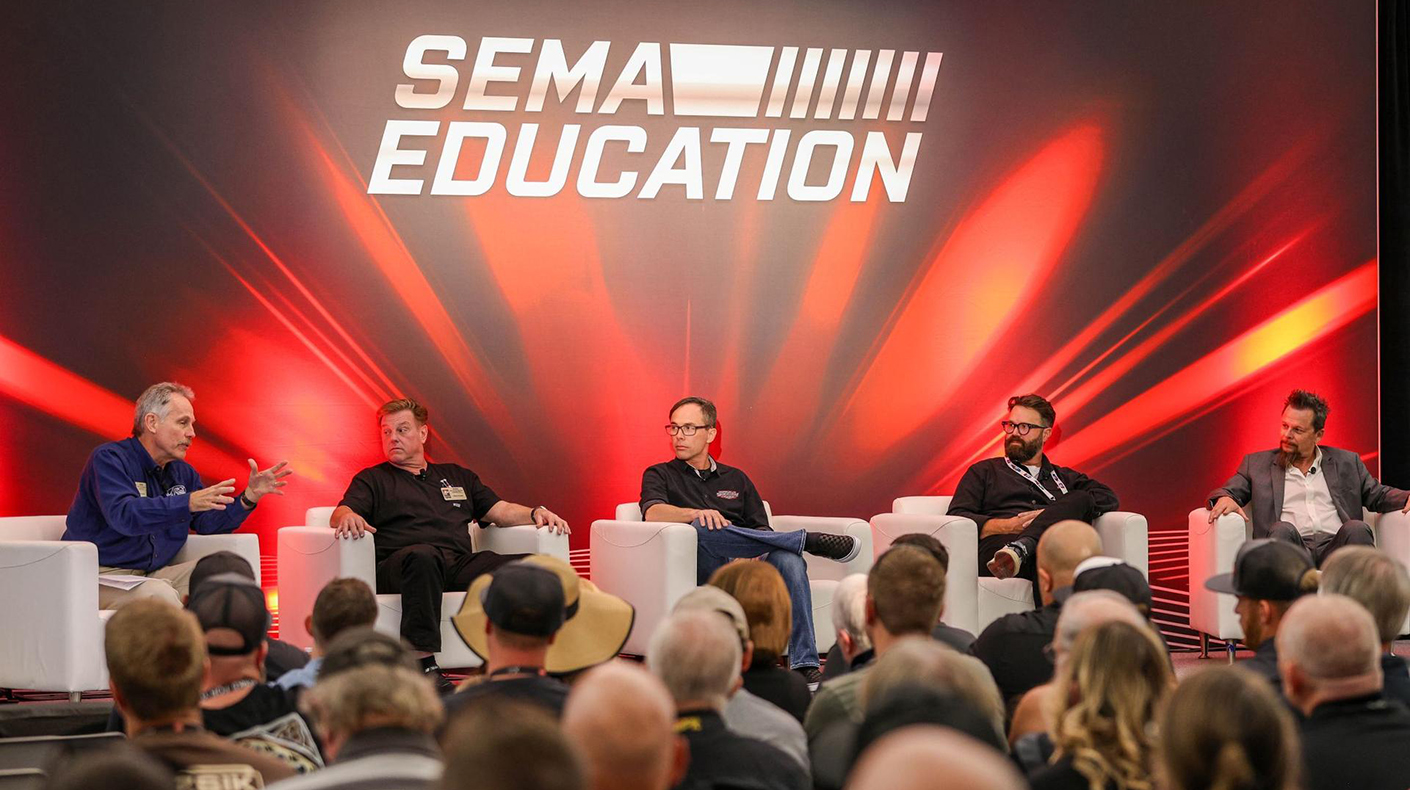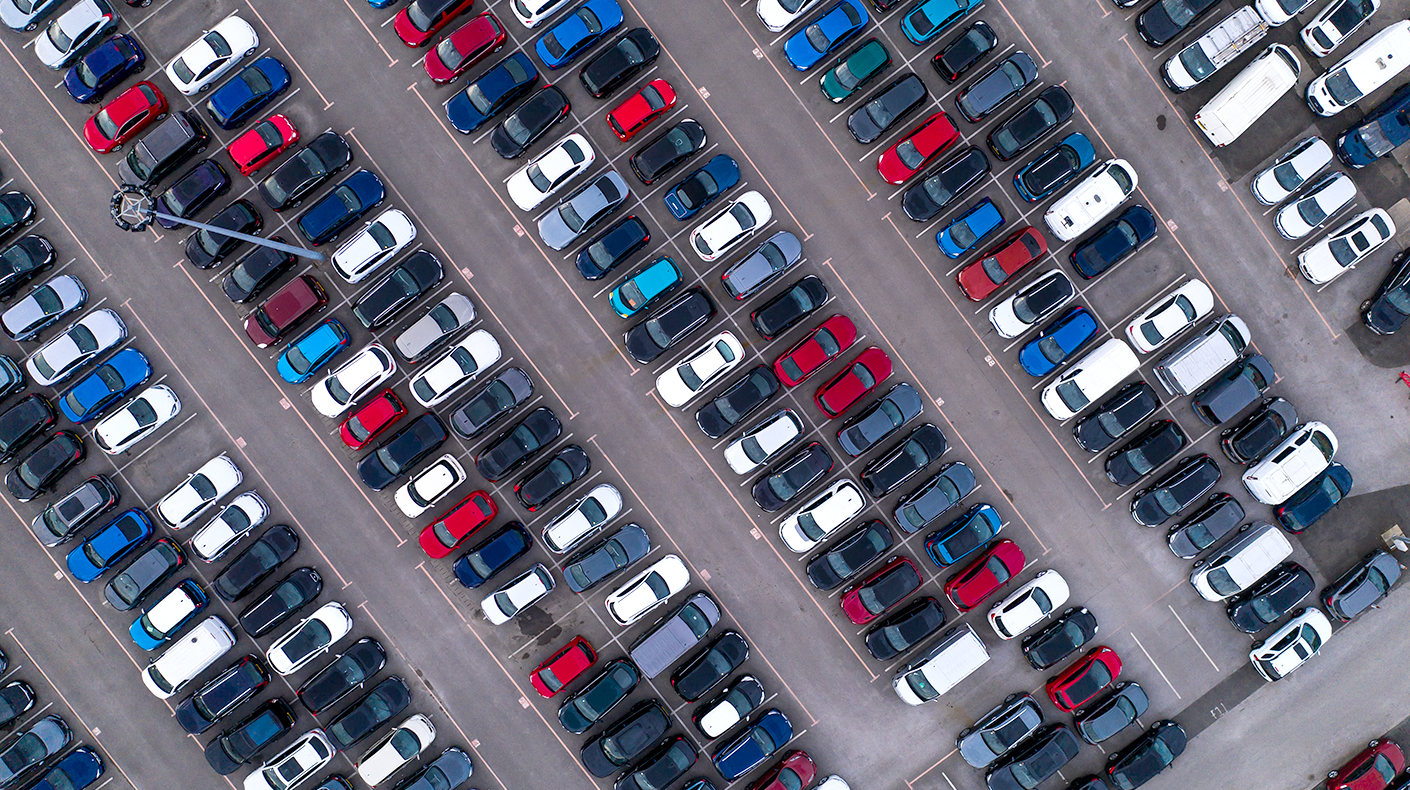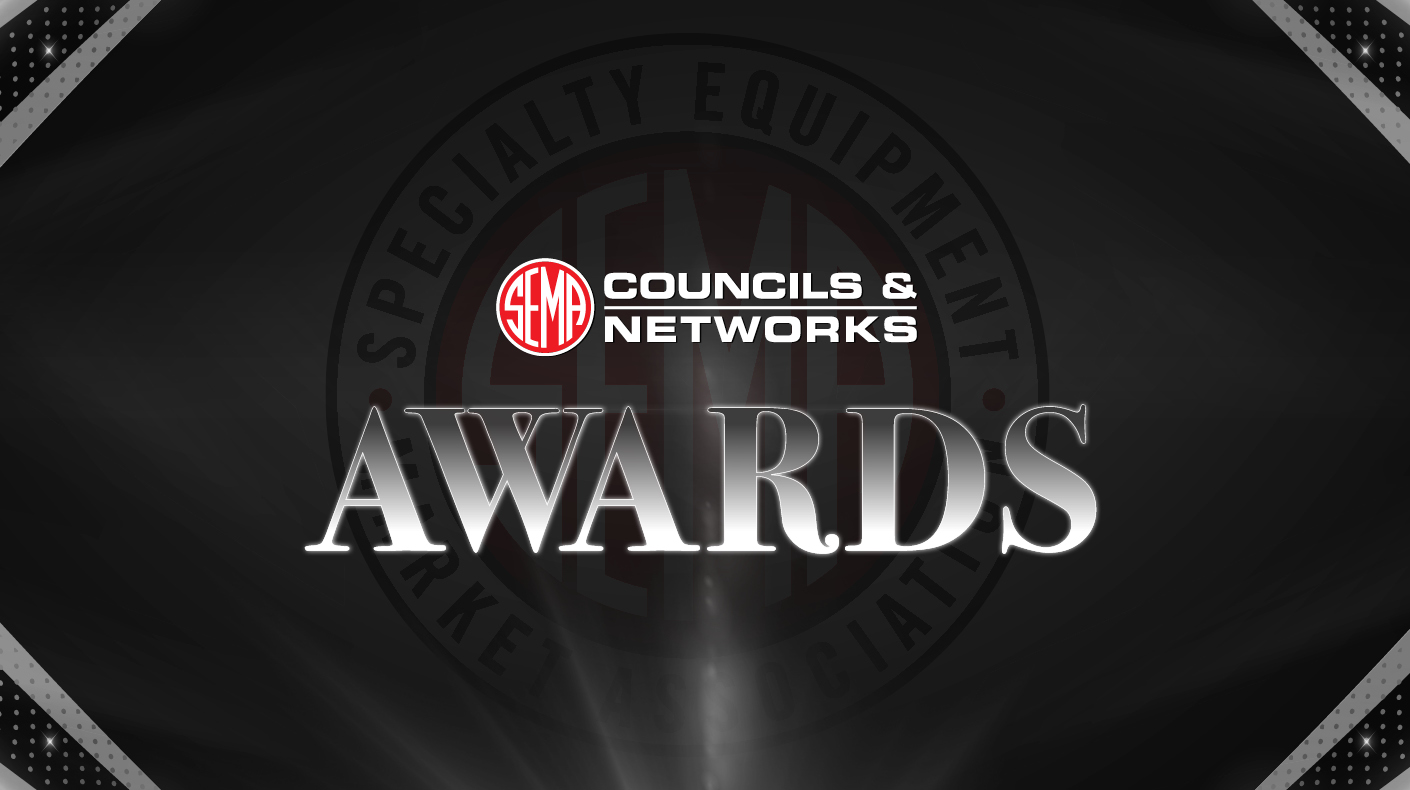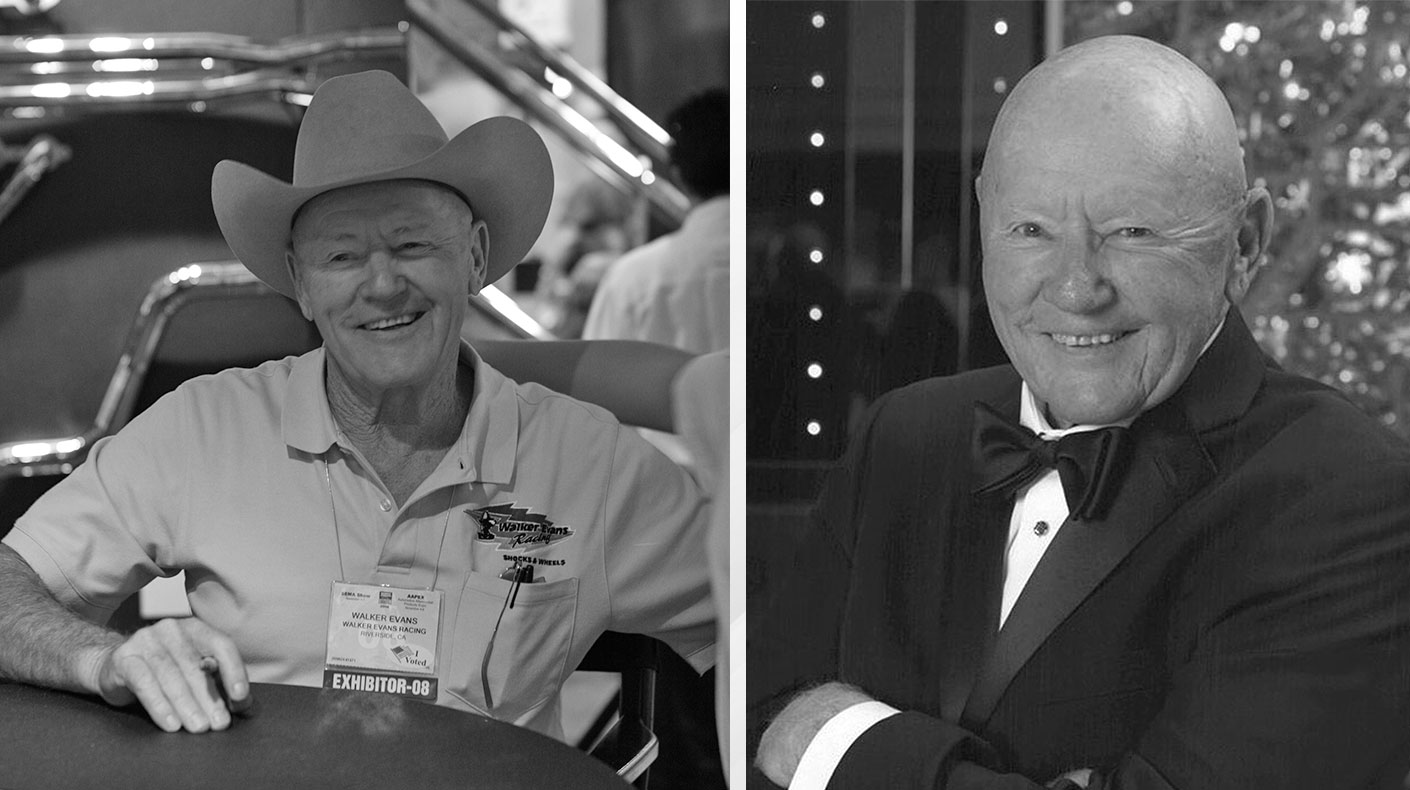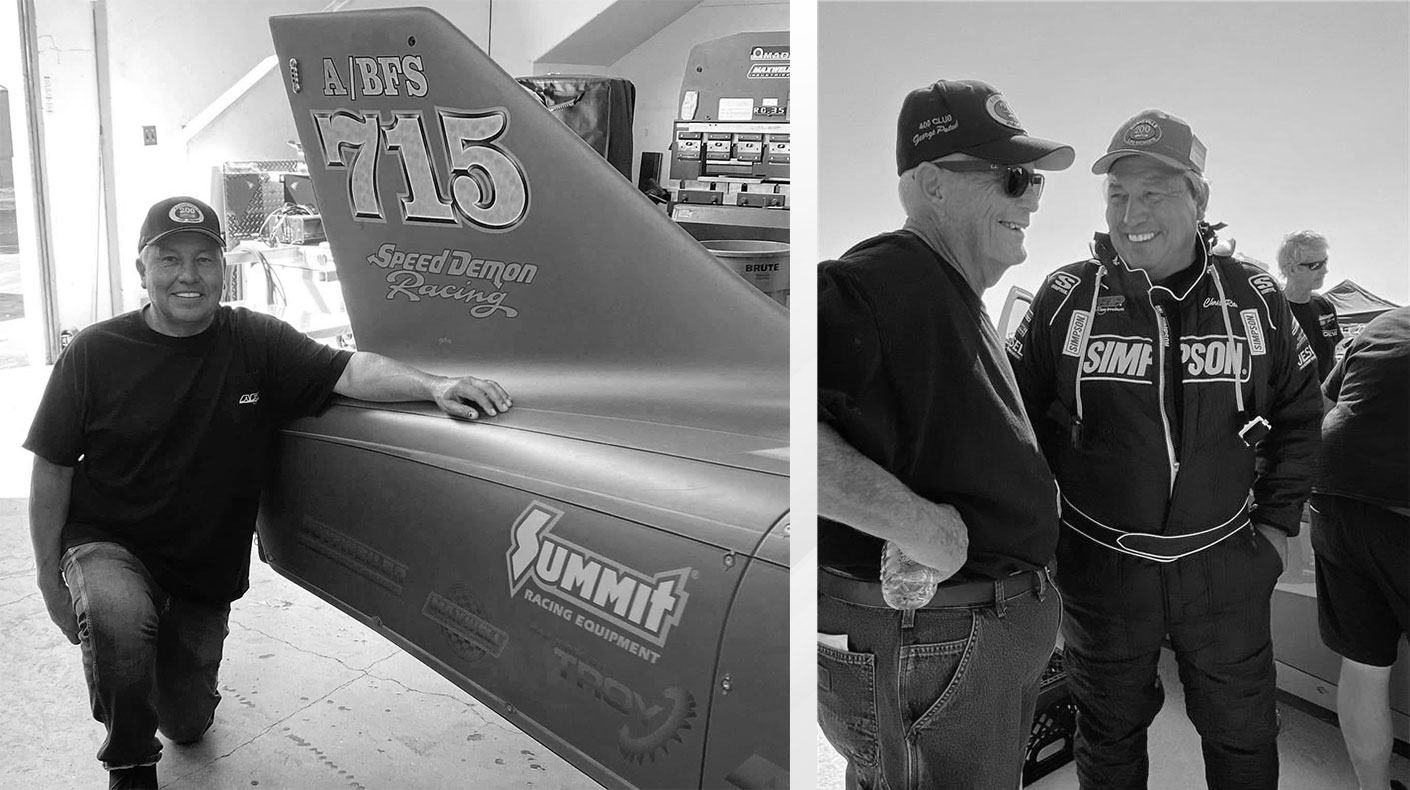By Turn 14 Distribution
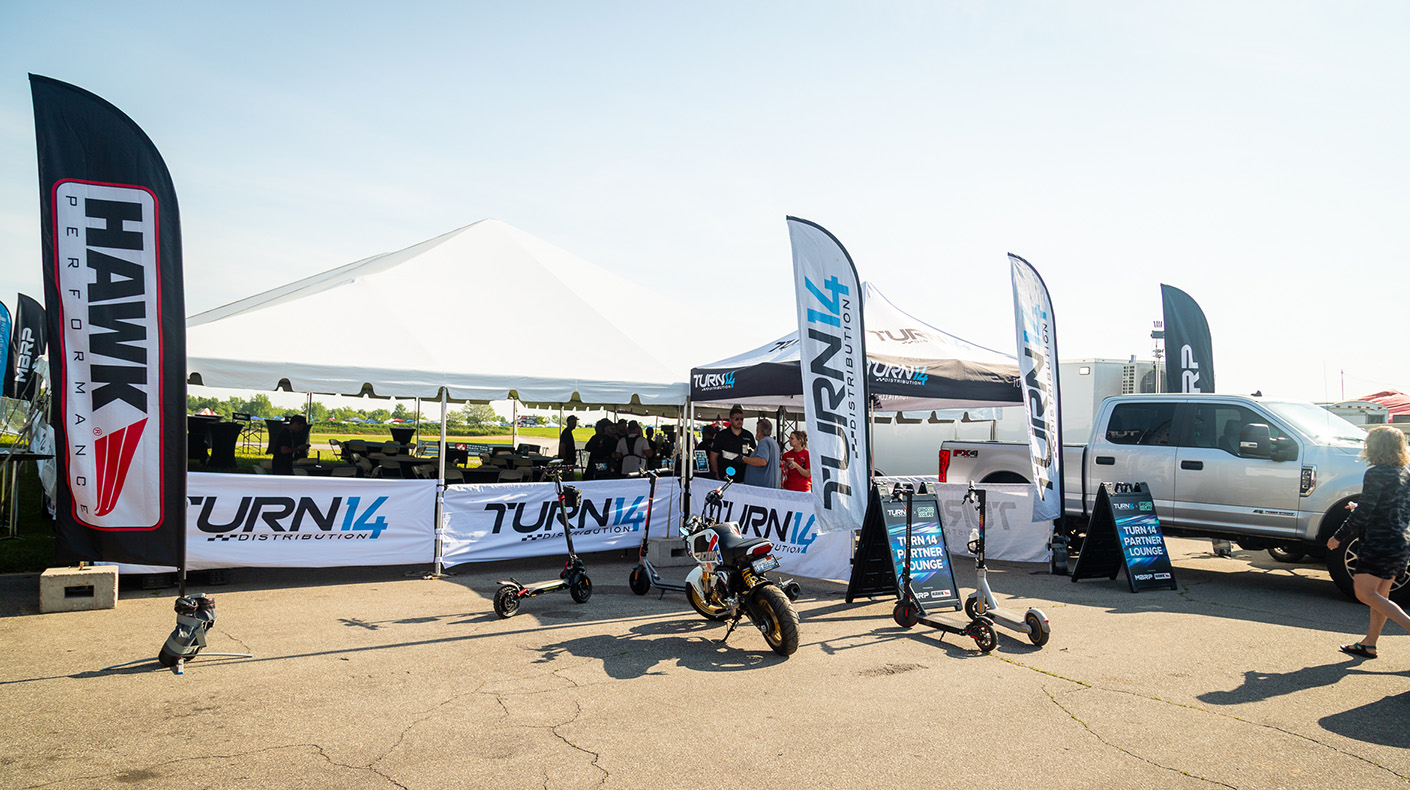
Turn 14 Distribution is officially at the halfway mark of our 2025 GRIDLIFE partnership, and the momentum has never been stronger. From the first green flag at Carolina Motorsports Park to the high-speed thrills at Road America, the Turn 14 Partner Lounge has become a home base for our customers and partners alike.
For the uninitiated, GRIDLIFE is more than just a race series. It's a full-throttle motorsports festival that fuses competitive racing, high-energy music, and an unmatched car culture. With time attack, drifting, HPDE sessions, and an inclusive, community-driven atmosphere, GRIDLIFE events deliver an immersive experience for both drivers and fans.
The partnership with GRIDLIFE is no accident. This strategic alignment is rooted deep in Turn 14 Distribution's understanding of the industry and its customers. GRIDLIFE is the leading grassroots event series, blending energy, performance, and culture into an experience that defines today's automotive community. It's a natural fit for Turn 14 Distribution, and exactly the kind of environment where the brand wants to show up and make an impact.
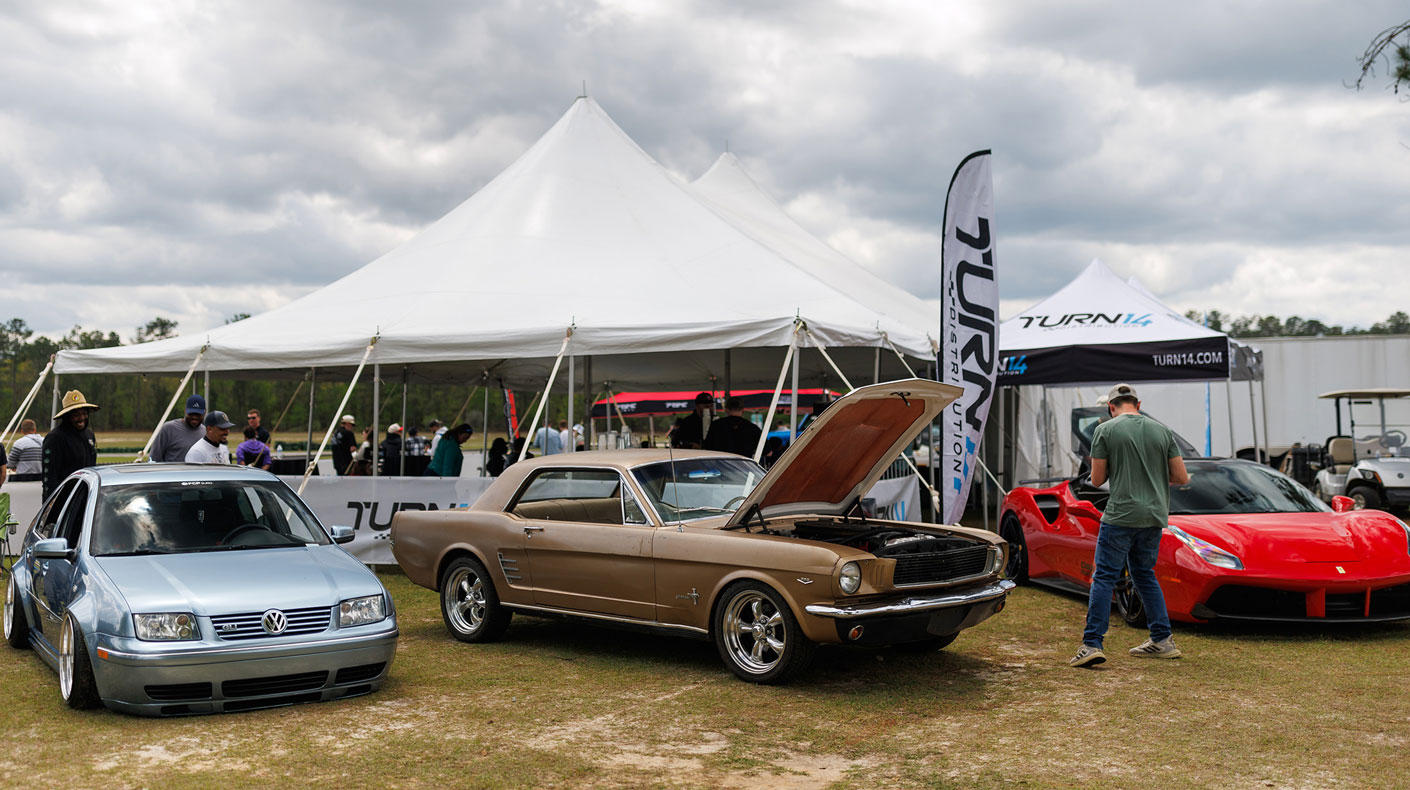
To complement that energy and reward the partners and customers who help drive Turn 14 Distribution's success, the company introduced the Turn 14 Partner Lounge. This exclusive hospitality space has already welcomed over 100 customers and dealers per race, and Turn 14 Distribution is only getting started. Specifically located in the paddock to deliver premium views, this space features catered breakfast, handcrafted coffee from an on-site barista, and daily lunch service throughout the event. This is an ideal hub for staying close to the action while enjoying a first-class experience.
GETTING STARTED
GRIDLIFE kicked off the 2025 season at Carolina Motorsports Park, with competitors and spectators eager to come out of winter hibernation. The racing action was intense, as track conditions varied wildly through the day with cool mornings giving way to warm, southern afternoons, and, of course, the occasional afternoon thunderstorm. The Turn 14 Partner Lounge debuted with a clear view of Turn 1, and the livestream on a big screen to follow the action around the track. The lounge provided welcome morning warmth in the form of hot coffee, espresso, and assorted handcrafted beverages from a skilled barista, the owner of Sidecart Coffee in central Florida, who will be present for every round this season. As the morning dew gave way to afternoon sun, the drinks turned iced and the tent provided welcome shade for Turn 14 Distribution's customers and partners.
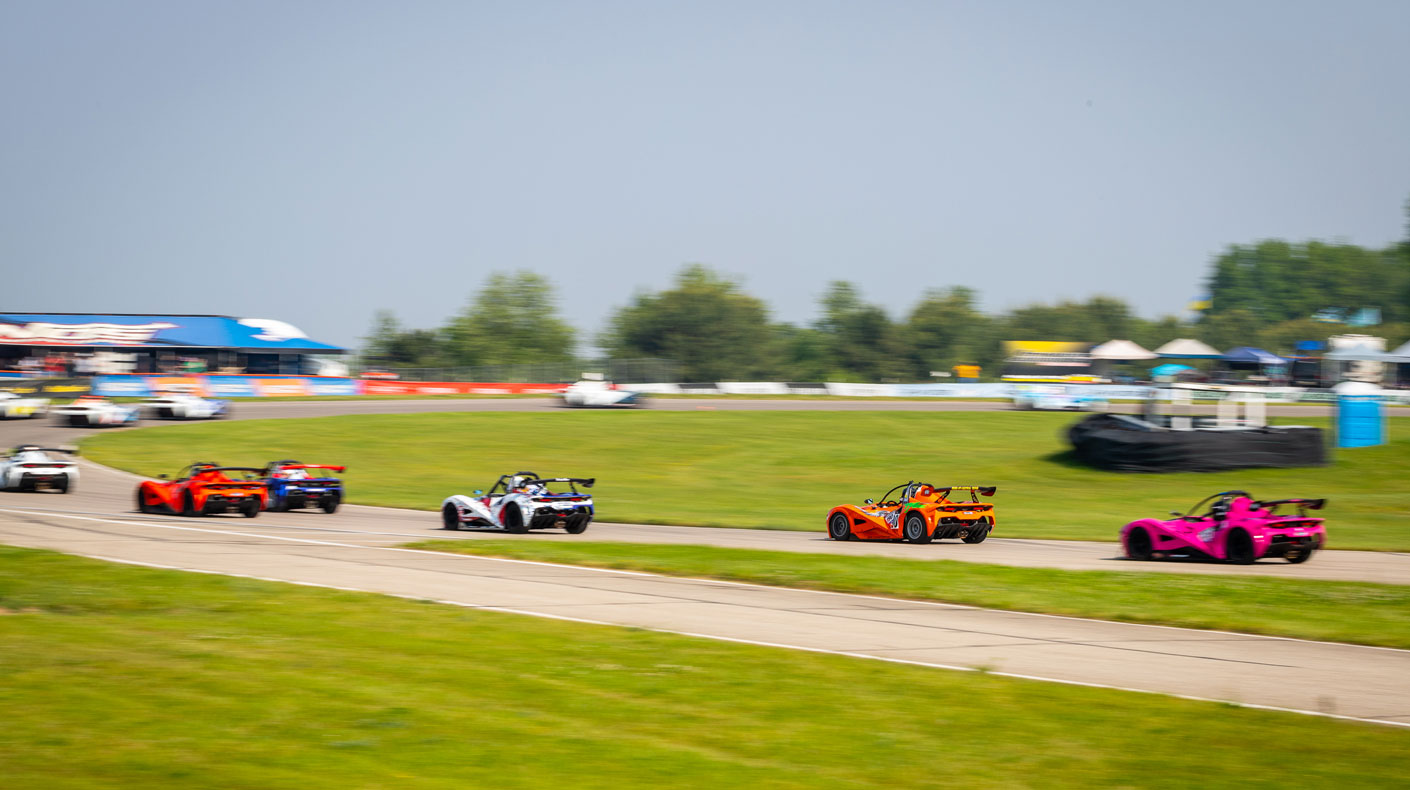
Next up, GRIDLIFE returned to Road Atlanta for a Special Stage event held in conjunction with Formula DRIFT. GRIDLIFE wheel-to-wheel and Time Attack racing classes and intense exhibition drifting filled the full course through the morning and early afternoon, transitioning to Formula DRIFT's competition at The Keyhole to round out the day. Turn 14 Distribution guests were treated to a suite in The Tower, making for an unforgettable stay and the perfect way to enjoy the weekend.
At Midwest Festival, where it all started 12 years ago, the Turn 14 Partner Lounge was alive with energy. Thousands of fans descended on Gingerman Raceway for a weekend packed with music, motorsports, and community, and the lounge quickly became the go-to retreat for Turn 14 Distribution's customers and partners. Positioned trackside between Turn 1 and Turn 2, the Partner Lounge offered unbeatable views as drivers flew down the straight and started drifting sideways from turn to turn. Guests lined the edge of the tent, just feet from the action, taking it all in from one of the most exciting spots on the circuit.
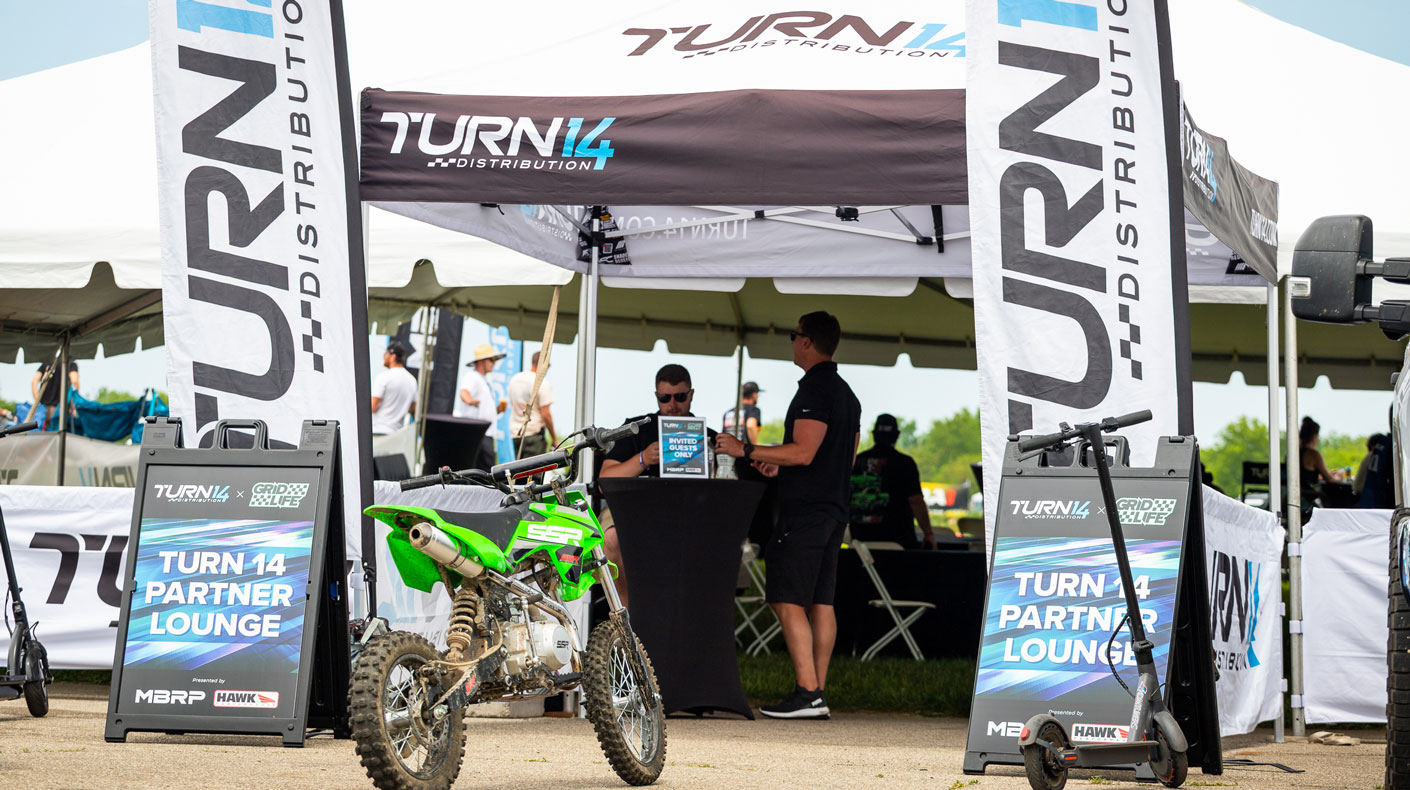
Mid-Ohio delivered plenty of drama with shifting weather, soaking rain, thick foggy mornings, and intense summer heat. But while the conditions tested drivers on track, Turn 14 Distribution's guests stayed cool, dry, and well-fed from the comfort of the fourth floor of the Ohio Tower. This elevated space provided panoramic track views and a welcome escape from the elements. Each morning kicked off with a full-service hot breakfast featuring eggs, bacon, bagels, and donuts, ensuring guests were fueled up and ready for a full day of racing action.
Most recently, at Road America, the Turn 14 Distribution team set up in the Finish Line Tower, featuring an air-conditioned, multi-level suite complete with an outdoor viewing deck and roof access to see even more of the track. The suite was a welcome respite from the midwestern heat and humidity and provided an excellent view of every race's start and finish. The sound of full-throttle race cars accelerating down the straight after exiting the eponymous Turn 14. The Summer Apex Festival lived up to its name and was the largest event so far this season.
PREMIUM HOSPITALITY BACKED BY INDUSTRY LEADERS
The lounge wouldn't be what it is without the support of Turn 14 Distribution's incredible sponsor partners. Special thanks to:
- Hawk Performance
- ARP
- Radium Engineering
- Aeromotive
- AST Suspension and Moton Suspension
- Gates
Together, these brands help Turn 14 Distribution deliver a hospitality experience that reflects the best of what the aftermarket community has to offer.
FULL SPEED INTO THE SECOND HALF
With deep roots in aftermarket performance, Turn 14 Distribution knows exactly what race weekends demand. From wrenching in the paddock to pushing limits on track, the pace is intense, and having a place to recharge makes all the difference.
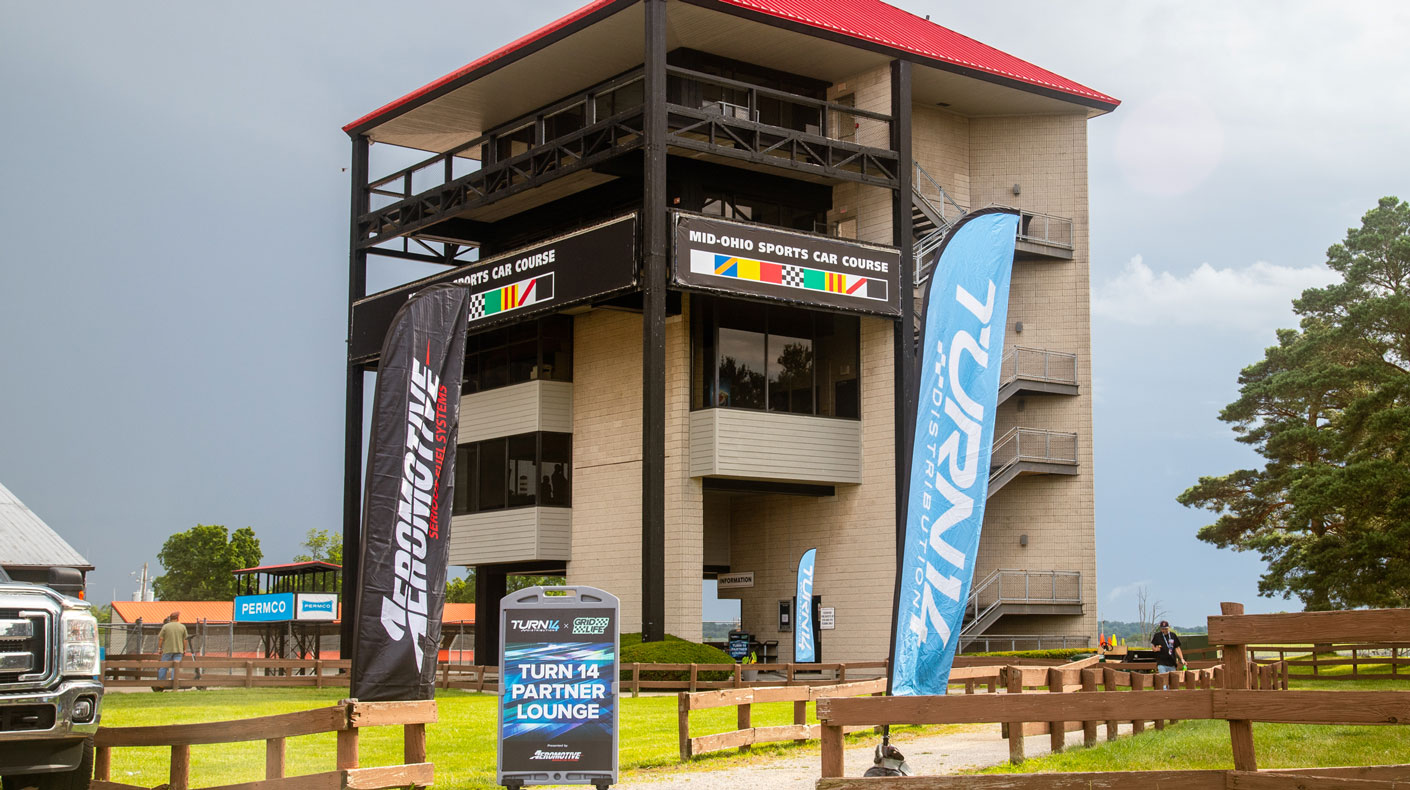
So, with four high-energy events behind and five more to go, Turn 14 Distribution is only getting started. From Circuit Legends at Lime Rock Park to the season finale at Pitt Race, the Turn 14 Partner Lounge will continue to be where drinks and stories are shared and the motorsports passion comes to life.
Anyone planning to attend an upcoming event should contact their Turn 14 sales or marketing representative. If space allows, Turn 14 Distribution would love to host more guests trackside.
Hope to see you at the next green flag!
UPCOMING GRIDLIFE EVENTS
Circuit Legends
Lime Rock Park, CT
August 15–17
Chicagoland
Autobahn Country Club, IL
September 12–14
Laguna Festival
WeatherTech Raceway Laguna Seca, CA
September 26–28
Pitt Race
Pittsburgh International Race Complex, PA
October 17–19
For more information, visit Turn14.com.



